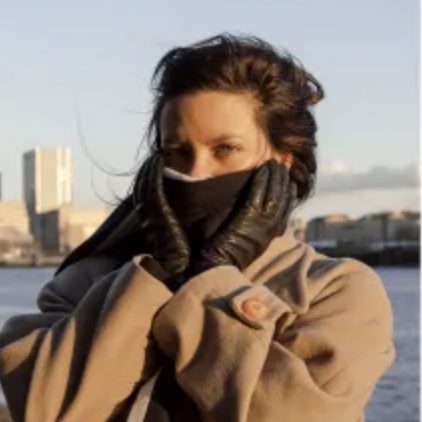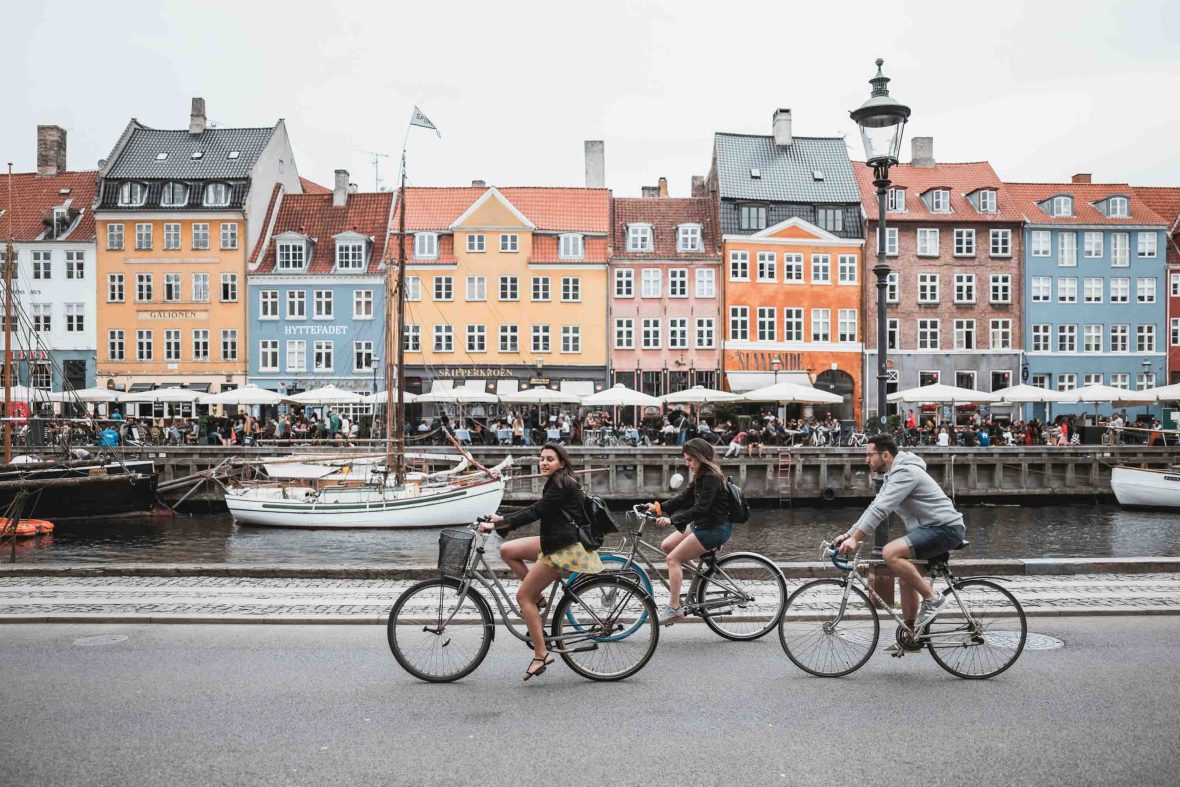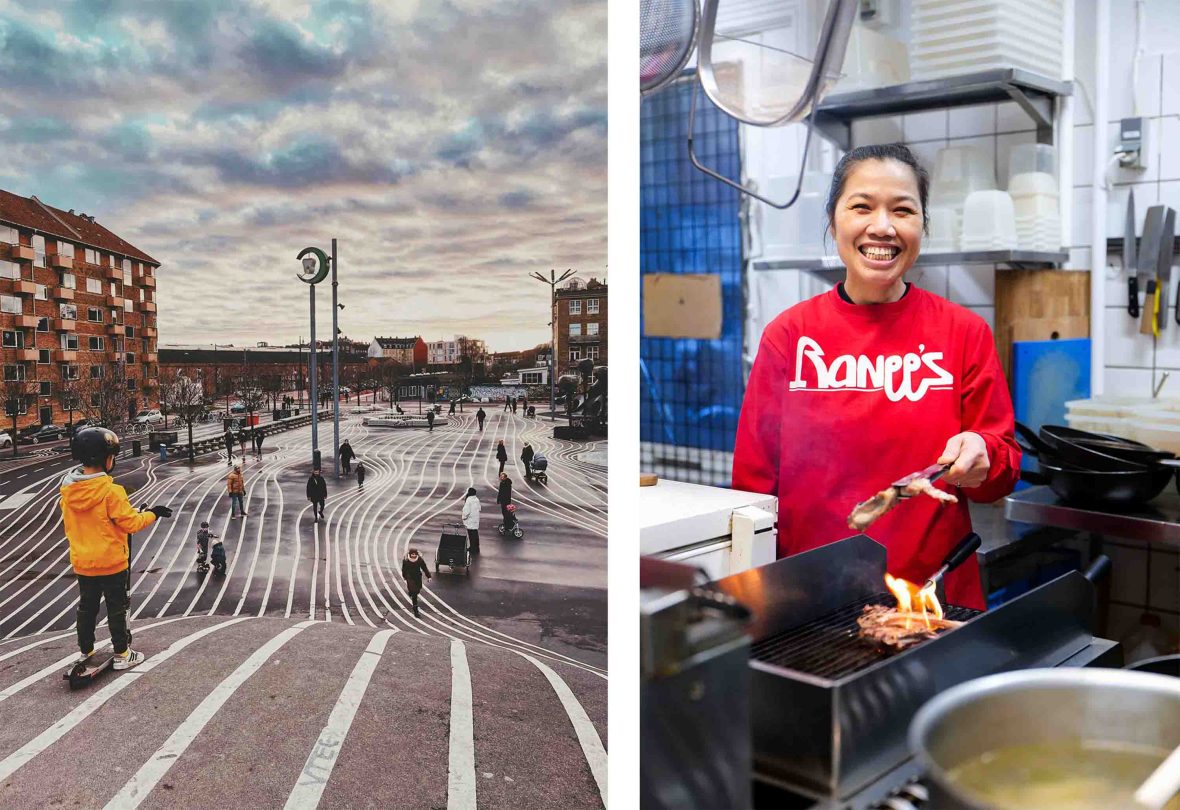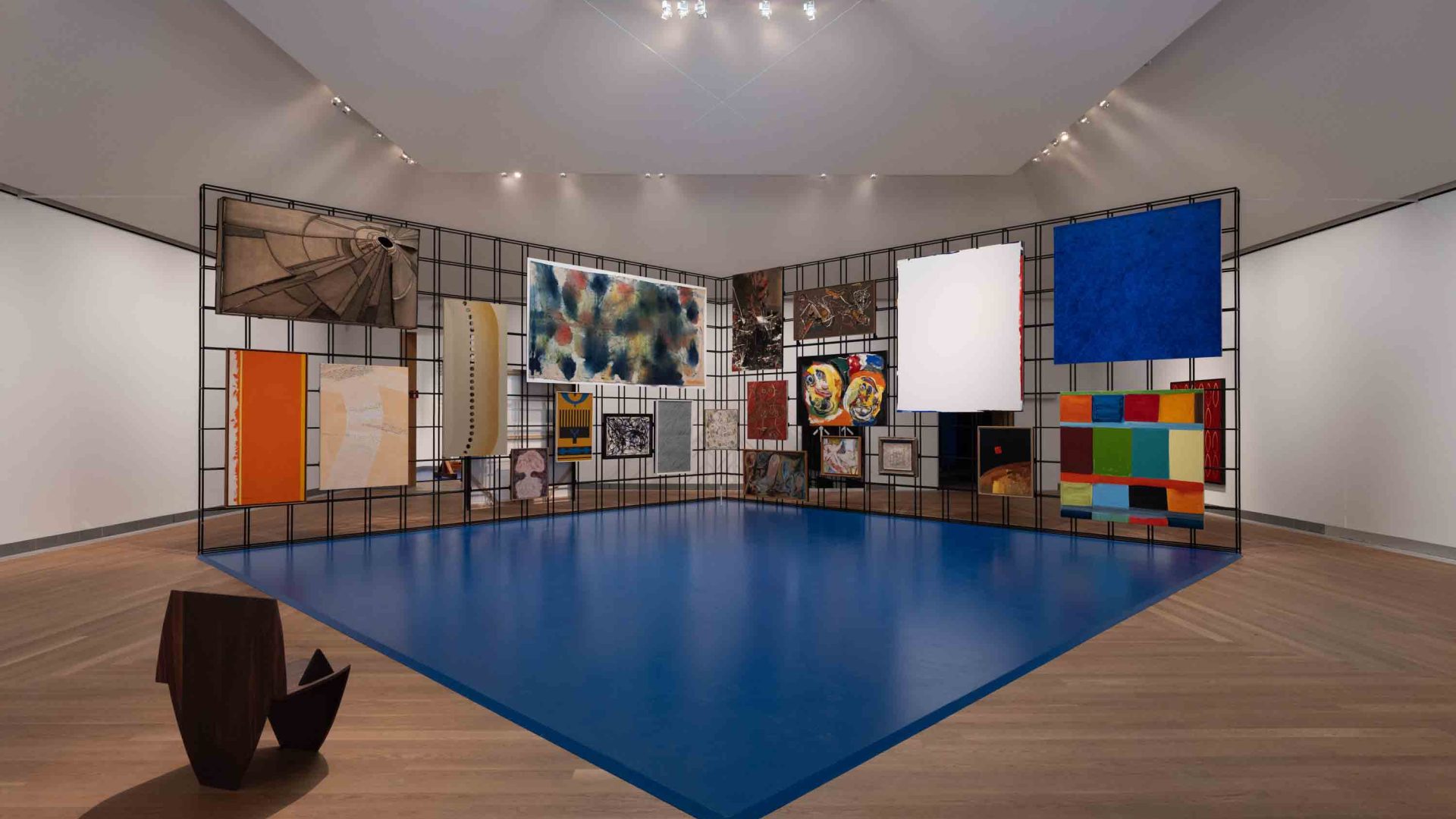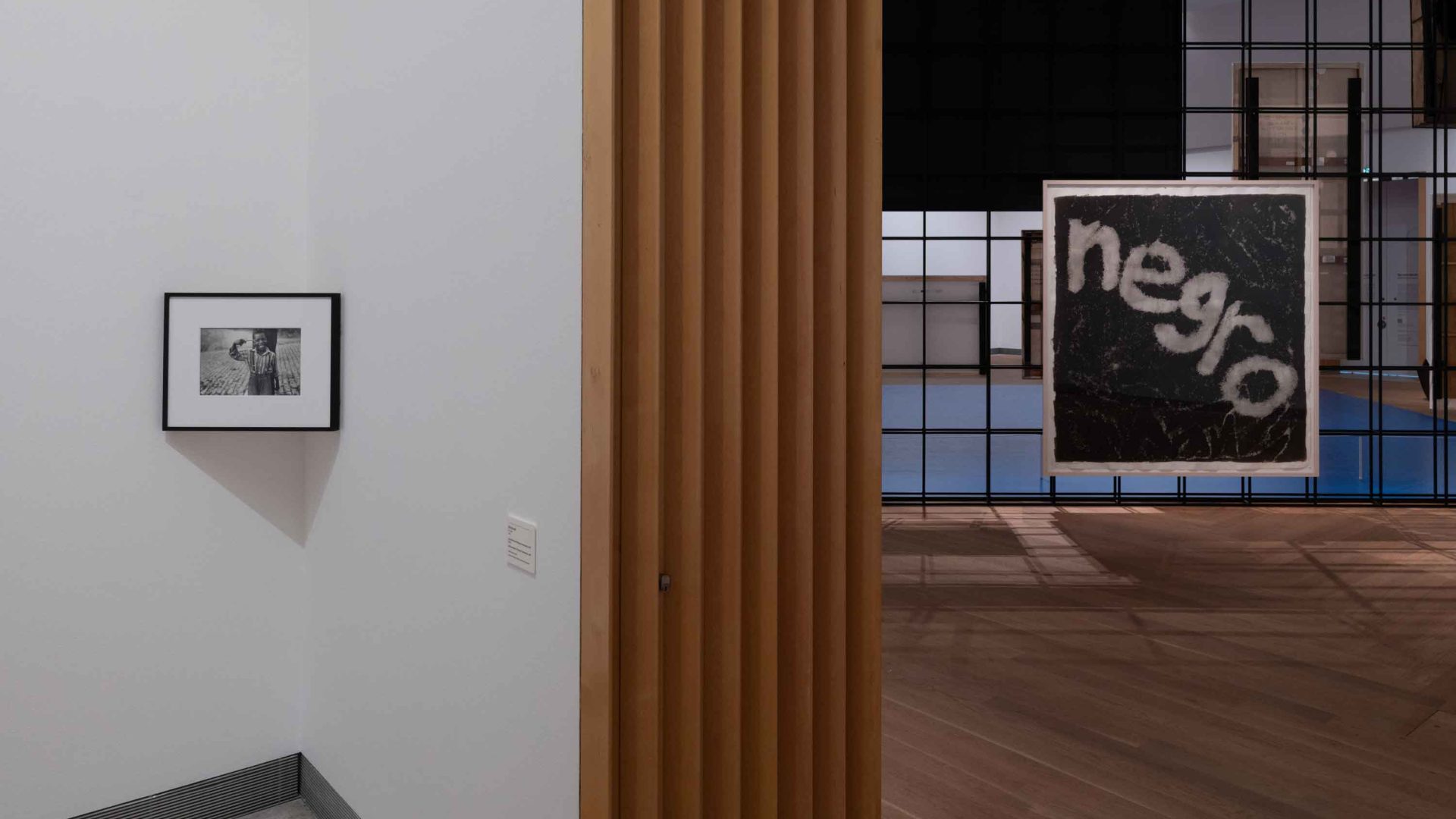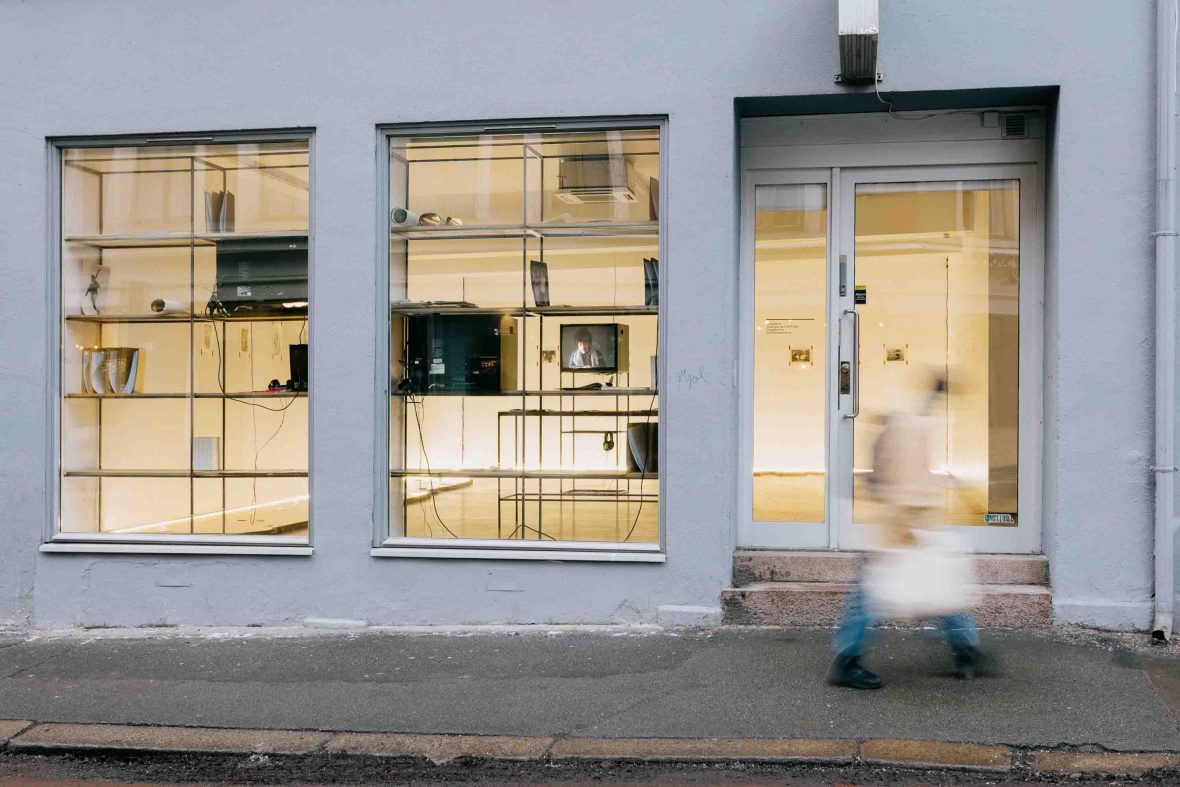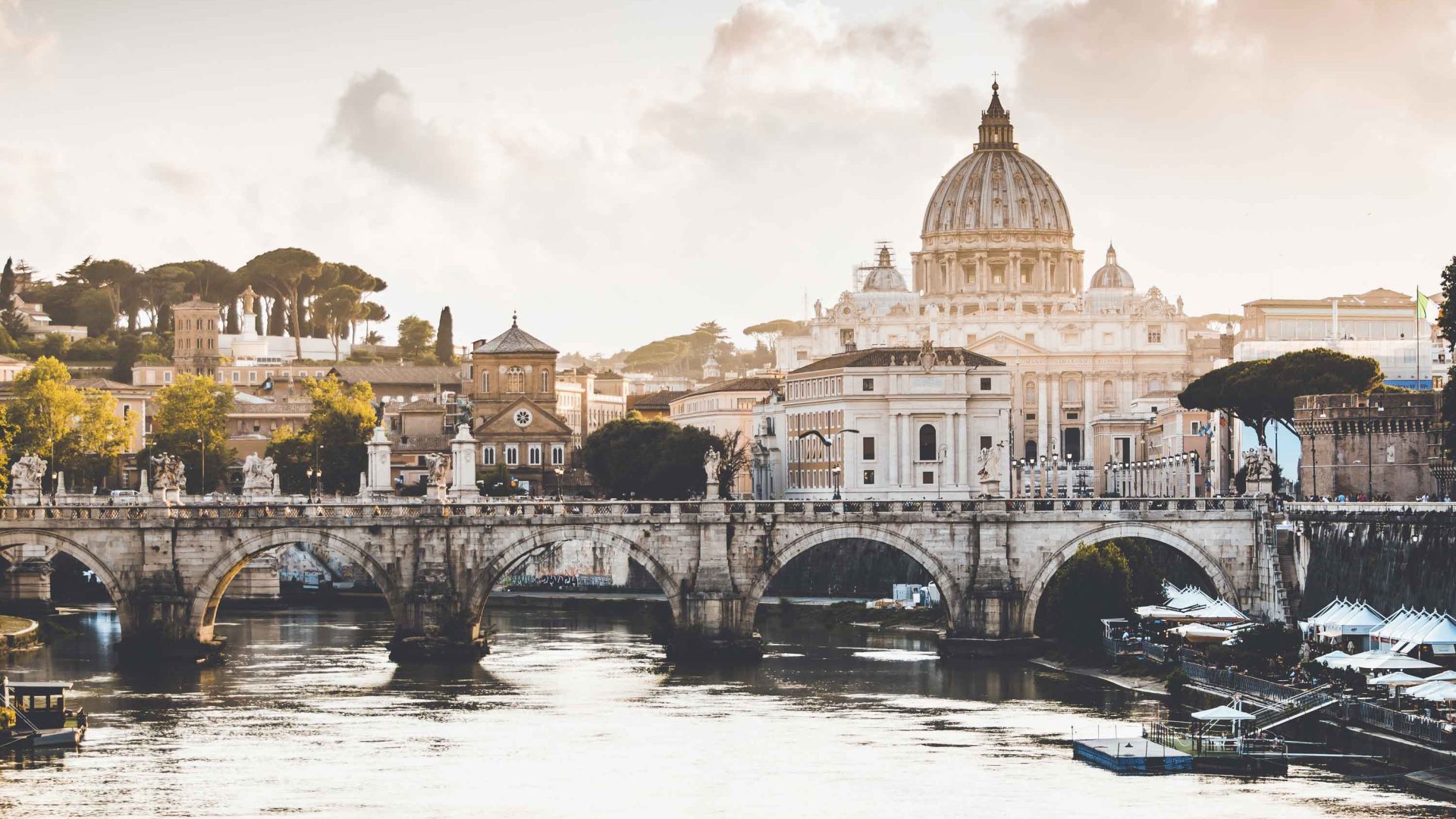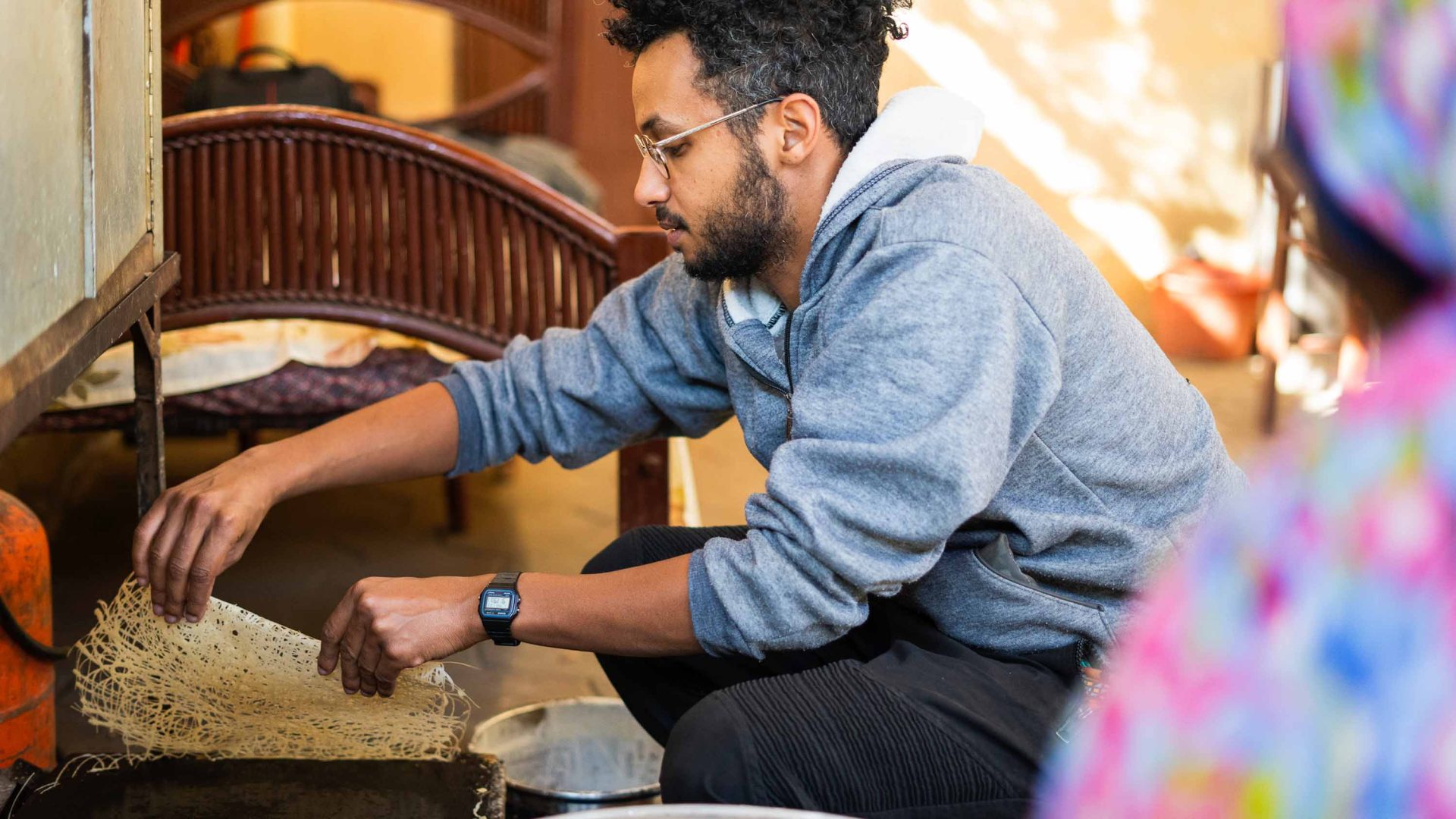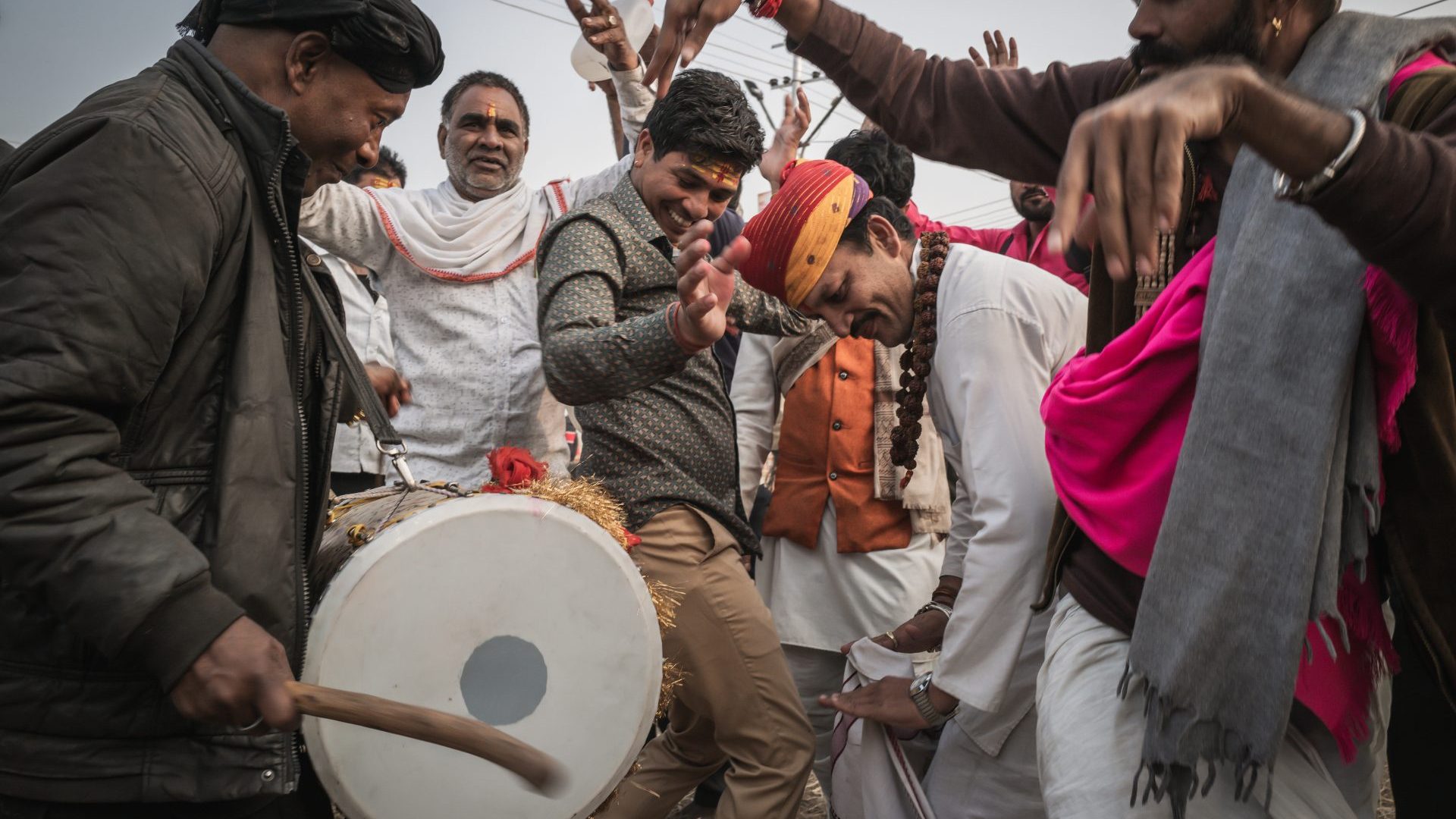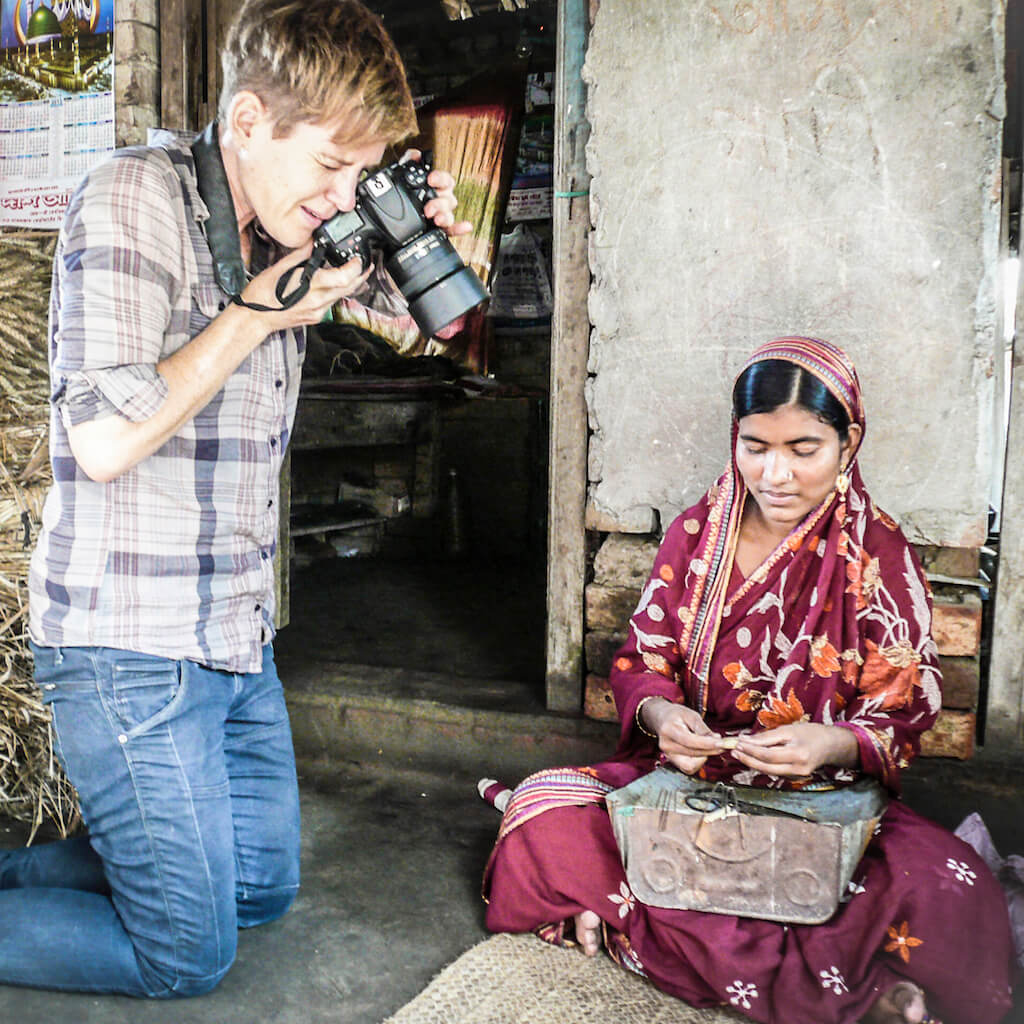I can handle the mini Danish flags in every birthday cake and that everyone knows one another. But one of the intimate factors of Danish life which isn’t as sweet as it sounds, is the concept of hygge.
“Hygge is a veiled term for racism,” a Danish friend said to me once. For me, after six years of living in the smallest Scandinavian country, I agree—it’s a concept that is troubling; normative to the point of coercion. Can modern western cities really be reduced to identity symbolism that’s characterized by pervading darkness? How can we expect our journeys through such cities as the Scandinavian capitals, that seemingly evade the unknown of unfamiliar by way of their co-national concept, to welcome foreigners in 2024?
Hygge, a word deriving from old Norwegian and conceptualized within the Danish lifestyle context in the 18th century, conveys well-being, usually a place or feeling embodying cosiness or contentment. But the fact it relies on degrees of privilege and belonging that shade out anything or anyone that doesn’t feel, look or sound warm or familiar, may well make it a state of very insular and self-centering well-being, and not particularly well-meaning at all.
The resulting ‘hyggefication’ of travel within the Scandinavian capitals of Copenhagen, Stockholm and Oslo has spread thick and fast. Tourists document their identikit travels to the same cafés, restaurants and hotspots of the influencer before them… and you can bet that place is white-washed.
‘Hyggefication’ has led to a ‘lumping together’ of the Nordic capitals (including Reykjavik, Helsinki and the Faroe and Åland Islands) as one big bland design weekend. The Scandi capitals are three distinct cities with different global cultures and diasporas. But where are they in guides, vlogs and Instagram posts? Who are they, and how might we travel to these cities in more unique and up-to-date ways?

